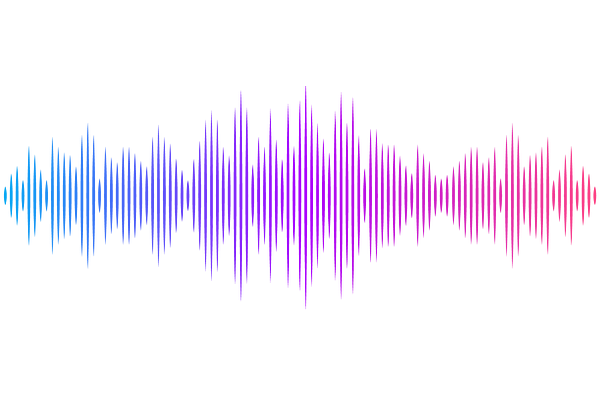Reconstruction of inclined cosmic-ray properties with GRAND data

Reconstruction of inclined cosmic-ray properties with GRAND data
Marion Guelfand, Pauline Fritsch, Valentin Decoene, Olivier Martineau-Huynh, Mauricio Bustamante
AbstractRadio-detection is now an established technique for studying ultra-high-energy (UHE) cosmic rays with energies exceeding $\sim 10^{17}$ eV. The next generation of radio experiments, such as the Giant Radio Array for Neutrino Detection (GRAND), aims to expand this technique to the observation of Earth-skimming UHE neutrinos, which requires the detection of very inclined extensive air showers (EAS). Currently, GRAND is validating its detection principle -- autonomous radio detection -- in particular through the prototype array GRANDProto300, deployed in the Gobi Desert. In this phase, the array is limited to detecting inclined EAS from cosmic rays. Neutrinos cannot be observed because of the restricted detector size. We present a method to reconstruct the arrival direction and energy of EAS with zenith angles above $60^\circ$, applicable as well to upward-going trajectories. The approach combines a point-source-like description of the radio wavefront with the so-called Angular Distribution Function (ADF), a phenomenological model describing the angular pattern of radio signal amplitudes in the 50--200 MHz band. Applied directly to the voltage traces, this method enables efficient event selection with accurate direction reconstruction and a first-order energy estimate. We validate the approach with both simulations and experimental data, and reconstruct the first cosmic-ray candidates detected by GRANDProto300.